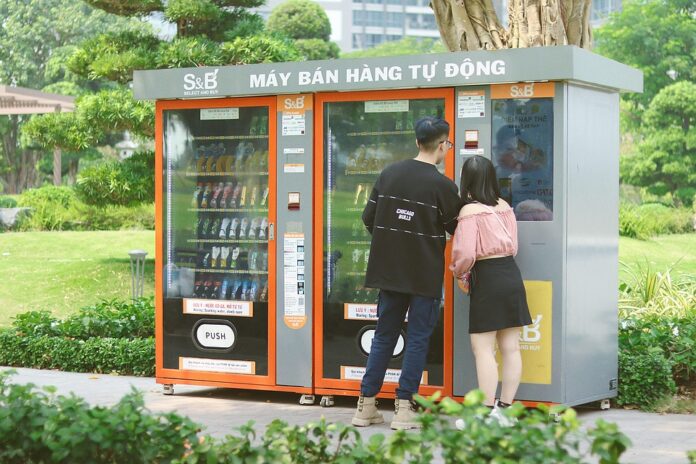Introduction
Vending machines have come a long way since their inception in the early 1880s. From dispensing simple snacks and beverages, they have evolved into sophisticated machines that offer a wide range of products and services. Technological innovations have played a crucial role in enhancing the user experience and making vending machines more efficient and convenient. In this report, we will explore some of the latest technological advancements in vending machines and how they are revolutionizing the industry.
Smart Vending Machines
Introduction of IoT
One of the biggest technological innovations in vending machines is the integration of Internet of Things (IoT) technology. By connecting vending machines to the internet, operators can remotely monitor inventory levels, track sales data in real-time, and even conduct predictive maintenance to prevent breakdowns. This not only improves operational efficiency but also enhances the overall user experience by ensuring that machines are always stocked with the most popular items.
Interactive Touchscreens
Another key feature of smart vending machines is the use of interactive touchscreens. These screens allow users to browse through product options, view nutritional information, and even place customized orders. By making the user interface more engaging and user-friendly, vending machine operators can attract more customers and increase sales.
Cashless Payment Options
With the rise of digital payment methods, vending machines are now equipped with cashless payment options such as credit/debit card readers, mobile payment apps, and even biometric scanners. This not only provides users with more convenience but also reduces the risk of theft and vandalism associated with traditional cash transactions.
Data Analytics and Personalization
Utilizing Big Data
One of the most significant benefits of smart vending machines is their ability to collect and analyze vast amounts of data. By tracking user preferences, purchase history, and demographic information, operators can tailor their product offerings to better meet the needs of their customers. This data-driven approach not only increases customer satisfaction but also drives sales and boosts profitability.
Personalized Recommendations
Using algorithms and machine learning techniques, vending machines can now offer personalized product recommendations based on a user’s past purchases and preferences. This level of customization not only enhances the user experience but also encourages repeat business and builds brand loyalty.
Sustainability and Green Technology
Energy-Efficient Design
In response to growing environmental concerns, vending machine manufacturers are incorporating energy-efficient technologies such as LED lighting, motion sensors, and low-power consumption components. By reducing energy consumption and carbon emissions, these machines not only help protect the environment but also lower operating costs for operators.
Eco-Friendly Packaging
To further promote sustainability, vending machines are now offering products in eco-friendly packaging made from recyclable materials. This not only appeals to environmentally conscious consumers but also aligns with corporate social responsibility initiatives aimed at reducing waste and promoting a greener future.
Industry Insights and Market Trends
The global vending machine market is expected to reach a value of $4.6 billion by 2025, with a CAGR of 9.4% from 2020 to 2025. Key market drivers include the increasing demand for convenient and on-the-go food and beverage options, as well as the growing adoption of cashless payment systems and contactless technology.
In conclusion, technological innovations in vending machines are transforming the industry by enhancing the user experience, improving operational efficiency, and promoting sustainability. By embracing these advancements, vending machine operators can stay ahead of the competition and meet the evolving needs of today’s consumers.




